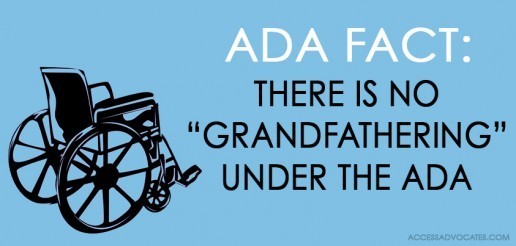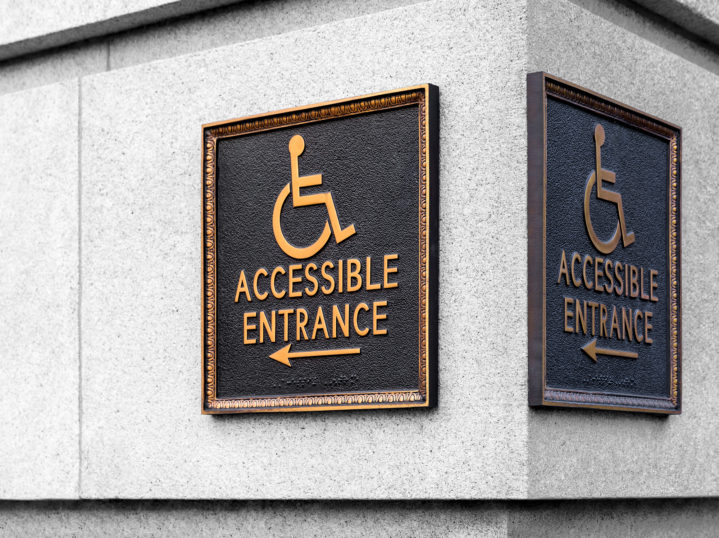Many people with physical disabilities, who use the aid of a wheelchair or other mobility equipment, find themselves limited in their vacation destinations because of inaccessibility. While relatively new buildings are usually designed according to ADA standards, old and historical buildings and towns in America are not. What’s more, they remain inaccessible, for the sake of preserving their historic value. But people in the disabled community have a deep appreciation for historic places, too, and want to know how they can explore and experience them in up-close and personal ways.
While recently visiting some historical buildings in New England, one traveler in a wheelchair realized that most of the local, independently owned shops and restaurants had several steps to get inside. It was clear that a permanent ramp would be impossible to install, due to close quarters and limited sidewalk space. She talked with several of the employees at these shops, and they regretted to inform her that they had no way for her to enter, and sympathetically pondered their need to come up with a feasible solution in the future.

One simple way this dilemma could be resolved is with temporary or portable ramps. For privately owned businesses, these ramps are very affordable, from $200-$400, depending on the required length (based on the number and height of the stairs). Businesses could keep these ramps inside their shops, and have a sticker or note in the front window to indicate that they are able and willing to provide ADA access if requested.
Offering this kind of service will increase the number of customers that patronize a store, and will gain favor for the store among the disabled community.
If you face limited access when you travel to historic vacation destinations, contact us and find out how we might be an advocate and help. And remember, there is NO grandfathering under the ADA! All owners and operators of “public accommodations” must remove barriers when “readily achievable”.

